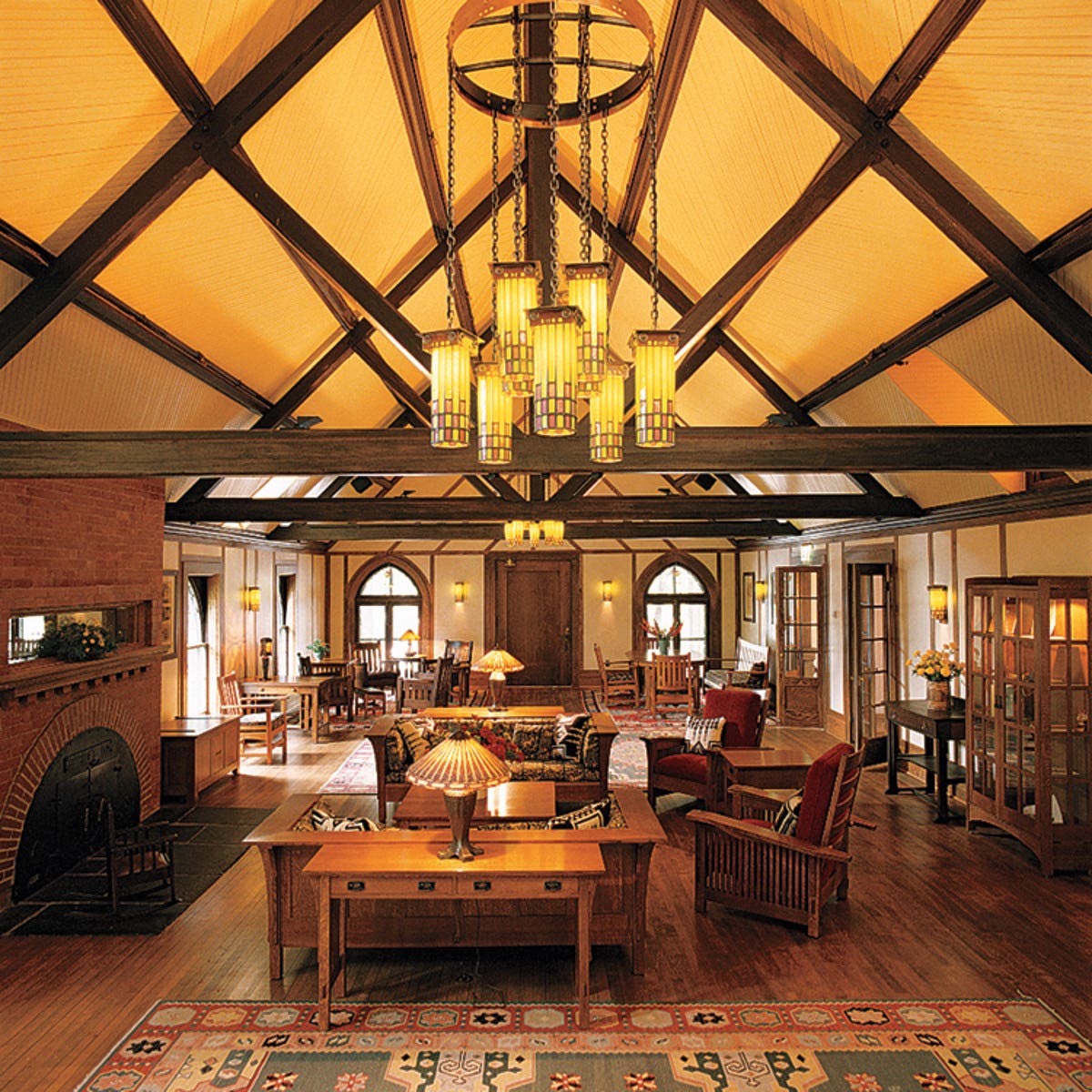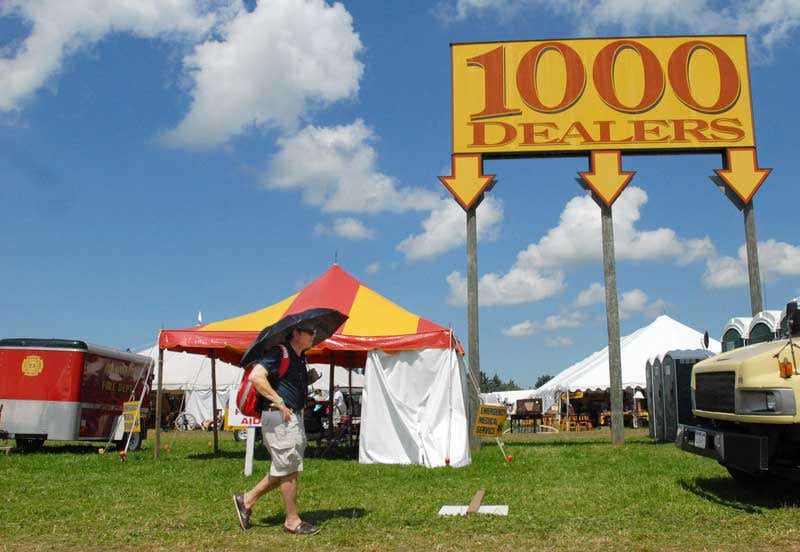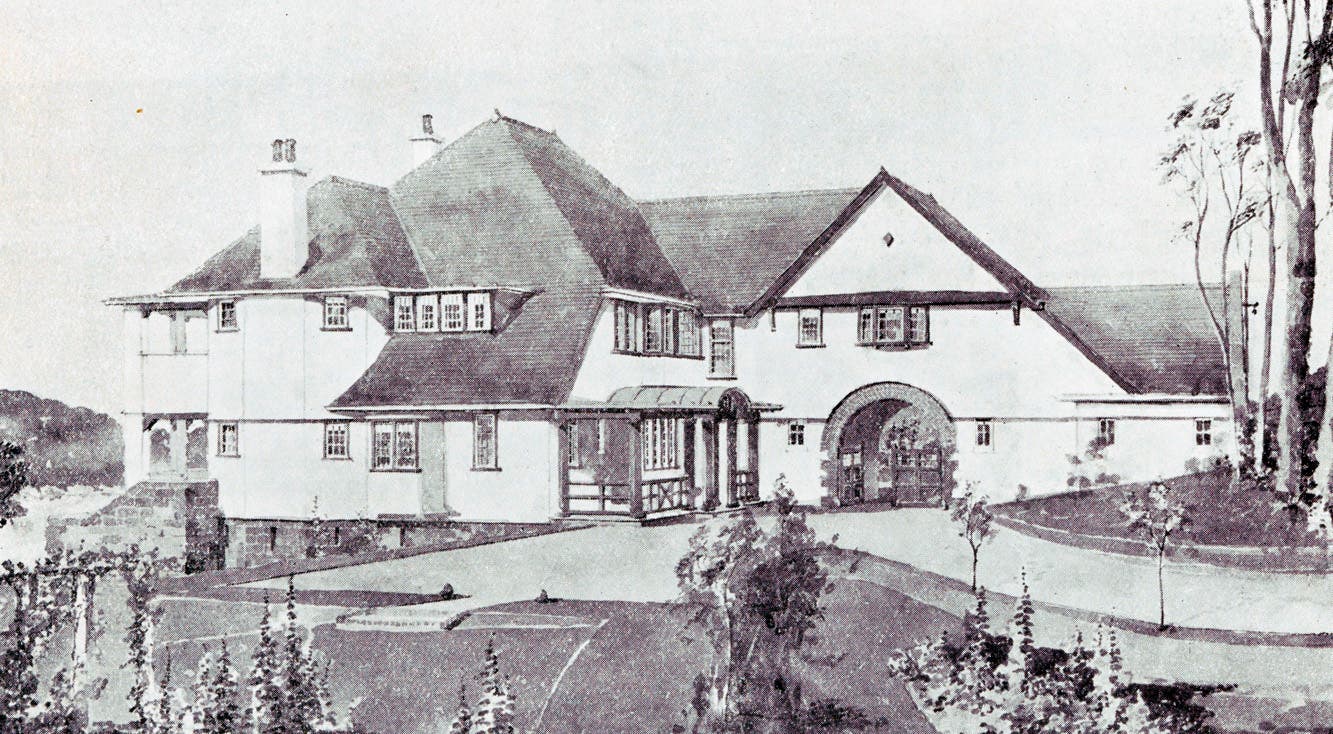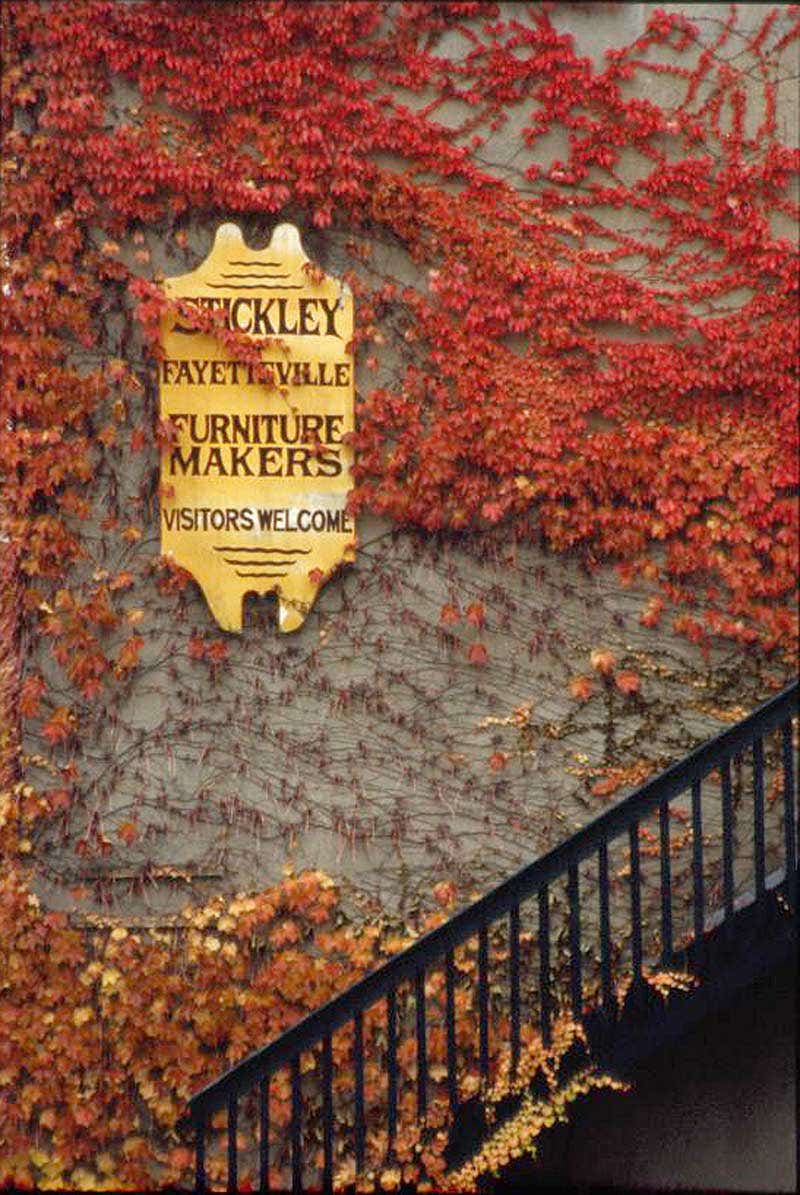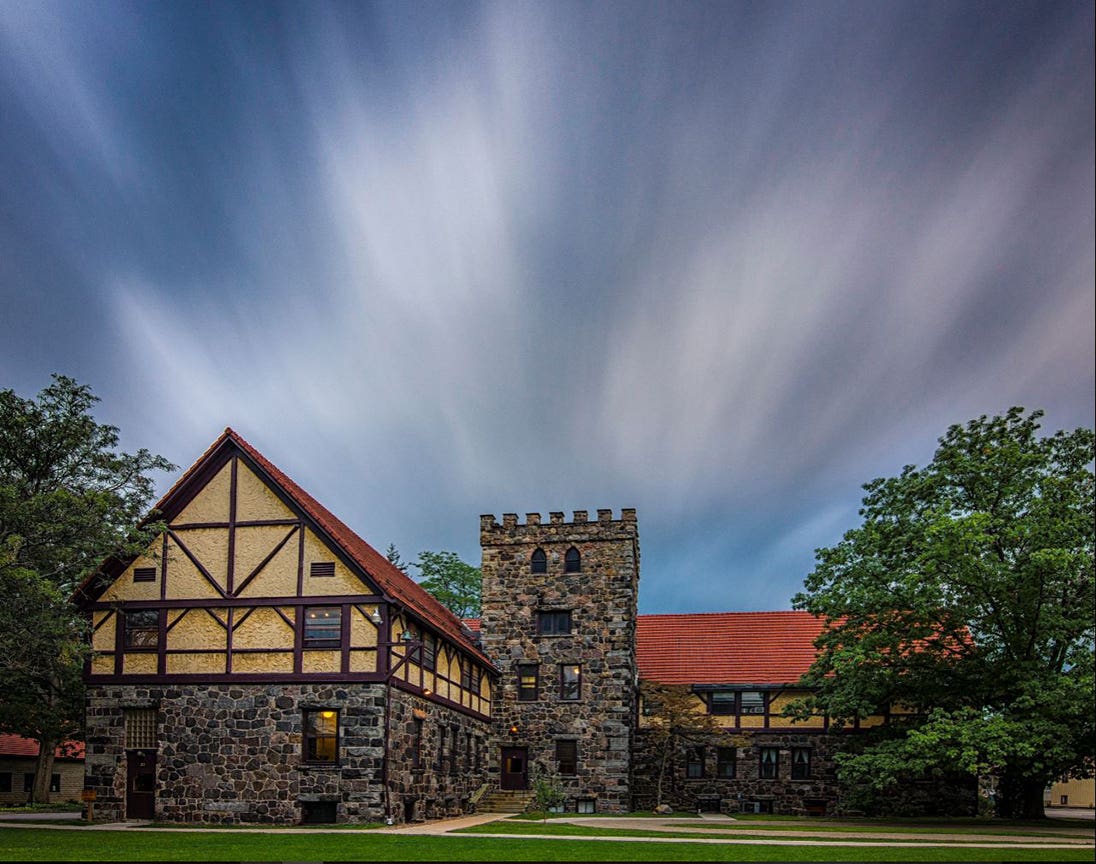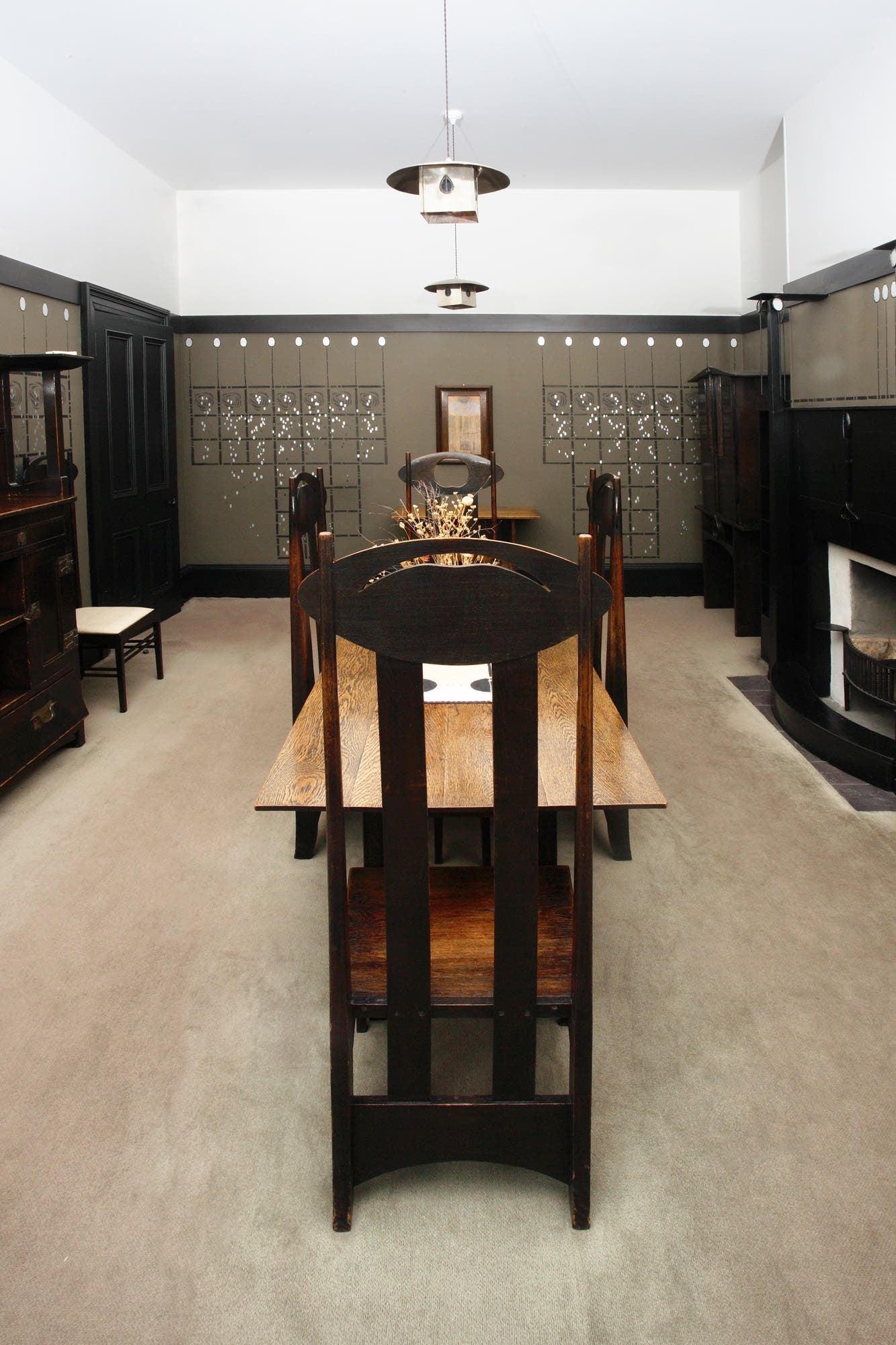The Bungalow Heart of Texas
The old streetcar suburbs of Dallas and Fort Worth are home to a wealth of Arts & Crafts-period bungalows.
Dallas and Fort Worth may be separated by just 35 miles of sprawl, but in some respects they’re a world apart. High-end boutiques and a glittering skyline define the big-city glamour (with a Southern twist) of Dallas, as any fan of the 1980s prime-time soap knows. Fort Worth, meanwhile, retains hints of its frontier past, evidenced by the turn-of-the-century buildings at the Stockyards and Sundance Square. What the two cities have in common are older suburbs filled with Arts & Crafts-period bungalows, many with Craftsman and Prairie influence. Both cities have been vigilant, for the most part, about preserving their historic neighborhoods.
The area broadly known as Old East Dallas is home to a handful of Arts & Crafts-influenced neighborhoods. Munger Place bills itself as “the largest collection of Prairie-style homes in America.” Its 250 houses are predominantly well-preserved Foursquares that display Craftsman, neoclassical, and, yes, Prairie influences. The neighborhood’s style uniformity is courtesy of cotton gin manufacturer Robert Munger, who attracted prominent Dallas businessmen to his new neighborhood in 1908 by specifying that every house had to be at two full storeys and cost at least $2,000.
Directly east of Munger Place is the more modest Junius Heights, developed in 1906 by C.H. Munger, Robert’s son. This collection of more than 800 bungalows and Tudors earned historic district status just 10 years ago, but in doing so became the city’s largest historic district.
A couple miles north, up the bustling commercial district of Greenville Avenue, more bungalows, Tudors, and Foursquares nestle into the streetcar suburb of Vickery Place, platted in 1911 on a tract of farmland. Here, the old houses are punctuated by modern infill, which is required by conservation ordinance to take cues from the neighborhood’s early 20th-century styles (though bloated proportions tend to be a dead giveaway for the new-builds).
Southwest of downtown, in Oak Cliff, you’ll find Winnetka Heights, touted as “Dallas’s Ideal Suburb” by real-estate agents in 1911. Winnetka has been a historic district since 1981, and its remarkably preserved bungalows and brick Tudors are a testament to residents’ enduring devotion to the neighborhood.
In Fort Worth, the Fairmount National Historic District is the city’s biggest and best. Composed of 20 subdivisions developed between 1883 and 1907, Fairmount had originally an economically diverse population, resulting in a variety of house styles. Clapboard, shingle, and brick bungalows predominate, and most have been immaculately restored. See historicfairmount.com for a suggested walking/driving tour.
Fort Worth offers a secret gem: a Stickley-designed house built in 1913, located at 4621 Foard Street and based on a plan in a 1909 issue of The Craftsman. It’s constructed of clinker bricks so irregular they look like stones. Though surrounded by a chain-link fence in a rather charmless area, the Harris House testifies to the appeal of true Craftsman homes.
When To Visit
Try to avoid the punishing Texas summer and shoot for spring or fall. Or plan your visit to coincide with one of these neighborhood events:
May
Mother’s day weekend
Fairmount National Historic District Tour of Homes This long-running tour features six to 10 of the neighborhood’s best restorations (and occasionally a new-build or work in progress), along with a kick-off parade on Saturday morning. historicfairmount.com
September
Munger Place Days
In addition to showcasing seven of the neighborhood’s historic buildings, this weekend-long event also features an intimate Wine and Walk preview night, a preservation symposium, a craft fair, and a children’s pet parade to benefit a local animal shelter. mungerplace.com
Early November
Junius Heights Historic Home Tour
This one-day tour of five historic houses coincides with a neighborhood street fair featuring food trucks, kids’ activities, and a craft market. juniusheights.org
December
Early December
Winnetka Heights Christmas Candlelight Home Tour Nearly 30 years old, this annual tour features six homes decked out for the holidays, as well as an extra house and champagne reception for those who purchase VIP tickets. winnetkaheights.org
Arts & Crafts Homes and the Revival covers both the original movement and the ongoing revival, providing insight for restoration, kitchen renovation, updates, and new construction. Find sources for kitchen and bath, carpet, fine furniture and pottery, millwork, roofing, doors and windows, flooring, hardware and lighting. The Annual Resource Guide, with enhanced editorial chapters and beautiful photography, helps Arts & Crafts aficionados find the artisans and products to help them build, renovate, and decorate their bungalow, Craftsman, Prairie, Tudor Revival, or Arts & Crafts Revival home.



